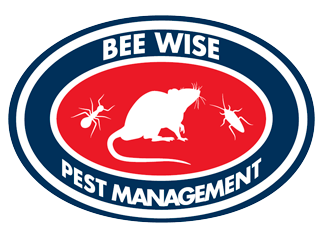Carpenter ants are more than just a nuisance; they can cause significant damage to your home if left unchecked. Unlike termites, carpenter ants don’t eat wood, but they excavate it to build their nests. This excavation can weaken the structural integrity of your home, leading to potentially costly repairs. Let’s delve into the specifics of how these industrious insects can wreak havoc on your property and what you can do to prevent it.
Understanding Carpenter Ants
Carpenter ants are large ants, typically ranging from 1/4 to 1/2 inch in length, and they can be black, red, or a combination of both. They are often found in wooded areas, but they can also make their way into homes, particularly where there is damp or decaying wood.
How Carpenter Ants Cause Damage
1. Excavation for Nests: Carpenter ants create smooth, clean galleries in wood to establish their nests. They prefer moist, decaying wood but can also invade sound wood. Over time, the extensive tunneling can compromise the structural integrity of wooden components in your home, such as beams, joists, and flooring.
2. Secondary Damage: While the primary damage is caused by the ants’ nesting habits, secondary damage can occur as the ants search for food and water. This can lead to the spread of mold and mildew, as carpenter ants are attracted to moist environments.
3. Satellite Colonies: Carpenter ants often establish satellite colonies within homes. These colonies can expand into various areas, including walls, insulation, and even furniture, leading to widespread damage.
Signs of a Carpenter Ant Infestation
– Sawdust-like Frass: As carpenter ants excavate wood, they produce a material called frass, which is a mixture of wood shavings, dead ants, and other debris. This sawdust-like substance is often found near nest sites.
– Rustling Noises: You might hear faint rustling noises coming from within walls or wooden structures. This is the sound of ants working away at the wood.
– Ant Sightings: Seeing large black or red ants, particularly in areas with wood or moisture, is a clear sign of a potential infestation. Carpenter ants are most active at night, so sightings during the evening can indicate a problem.
Preventing Carpenter Ant Damage
1. Eliminate Moisture: Since carpenter ants are attracted to damp wood, reducing moisture levels in and around your home is crucial. Fix leaks, improve ventilation, and ensure proper drainage around your property.
2. Remove Decaying Wood: Regularly inspect and remove any decaying wood from your property. This includes tree stumps, old lumber, and firewood stored near your home.
3. Seal Entry Points: Carpenter ants can enter your home through small cracks and gaps. Seal these entry points, paying close attention to areas around windows, doors, and utility lines.
4. Regular Inspections: Conduct regular inspections of your home, especially in areas prone to moisture. Early detection can prevent a minor issue from becoming a major problem.
5. Professional Pest Control: If you suspect a carpenter ant infestation, contact a professional pest control service. They can accurately identify the problem and provide effective treatment options.
Carpenter ants can cause significant damage to your home if not addressed promptly. Understanding the signs of an infestation and taking preventive measures can protect your property from these destructive pests. Regular maintenance, moisture control, and professional assistance are key to ensuring your home remains safe and structurally sound. By staying vigilant, you can keep carpenter ants at bay and preserve the integrity of your home for years to come.







